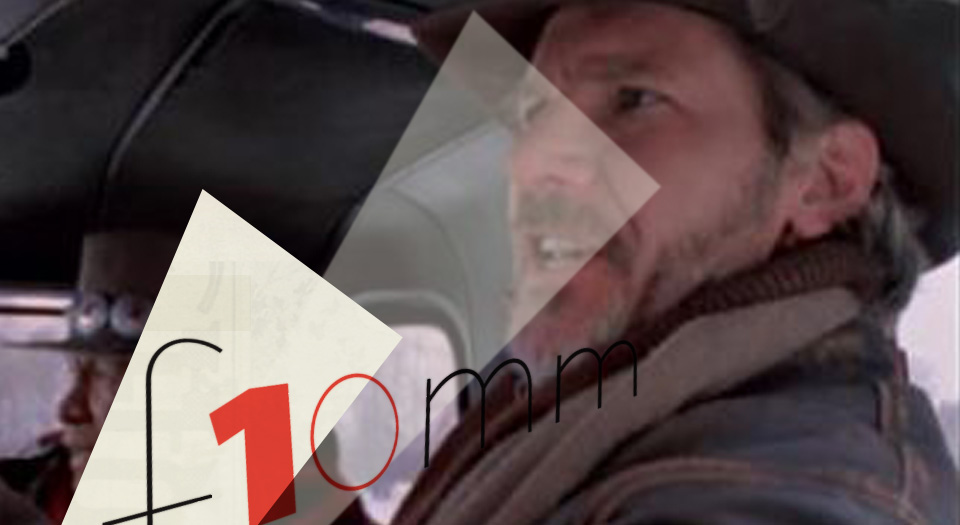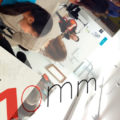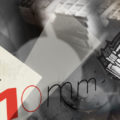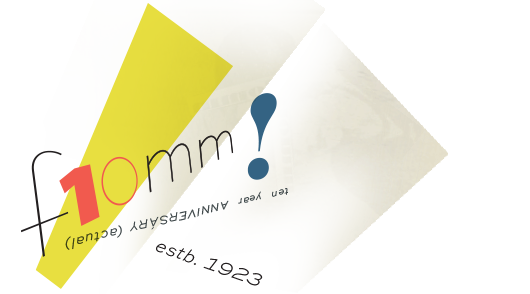
A PERSONAL HISTÓRY oF FLOMM so far PART 4 of 10
“Even in high school I was very interested in history – why people do the things they do. As a kid I spent a lot of time trying to relate the past to the present.”
—George Lucas
“What is happening? Are we slowly going further back in time? I don’t like this.”
—Emily Duchaine, as Greta Van Fleet performing on SNL
Today I teach history – but before college, I had very little interest in history, unfortunately.
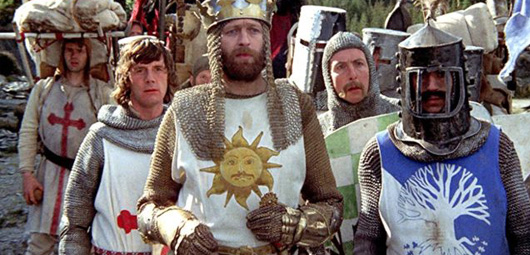
Even Monty Python couldn’t drag me into it. And to me, reading Animal Farm (1945) in high school was about nothing but a bunch of angry farm animals, I did NOT make the connection at all to politics.
I did love figuring out wat was the ‘origin’ story of comic book characters. And that got me thinking a lot about where things come from. And eventually I was able to reason that most origin stories are made up, from comic books to actual history.
But it was a community college teacher, Michael Svanevik, who got me excited about history, humans and how the past totally relates to the present.
Time frame: 1987.

humans were as messed up then as we are now
Svanevik loved research, he’d do all his own and his specialty is local where he’ll dig up everything he can – warts and all.
And human history is NOT PRETTY.
The class I took with him was History of the American West and he told great stories about wat a brilliant weasel Thomas Jefferson was, while George Washington was vain as hell, Lewis and Clark sexing their way thru the Northwest, why John C. Frémont is only known today for a Bay Area town that sells cars, how he quit working for Disney cause Davy Crockett was really a criminal (Disney painted Crockett as a folk hero), why the massacre at The Alamo was beyond brutal, and how President Eisenhower was the most brilliant man he ever worked for.
He had the humour and delivery of Jack Benny. And it was one of the first courses where I remembered almost everything he taught – cept for wat I needed to kno for his exams, at the time, of course.
It’s his approach to history – cobbled with my interest in standup comedy – that still feeds how I teach today. And research is a part of every class I stand in front of.
“You’ve got to stop calling it research. You’re scaring the college students.”
—Bill Mead, design director at my former design school
So I started calling it ‘discovery.’ Because that’s wat lawyers call going thru box after box of paper looking for shit they can use against their opponents.
Then I started calling homework ‘gigs.’
But I still call toilet paper ‘toilet paper’ because ‘bathroom tissue’ never caught on with me.

sprinkle some learning in there
I’m not sure where the FLOMM educational component fell into place.
It was there, but not directly. When I really started getting into the MAEd., I was fascinated with all the different ways a person can learn.
Somewhere along the way I was working with a startup whose mission was to help teenagers do career research. I suggested a game interface to make the research feel like ‘play,’ allowing personality types to sync with suitable careers – something I totally relate to: I’d say most students who sign up for a Graphic Design course do not even kno wat Graphic Design is – hell, back in 1985, I had no idea wat it was, it was pure chance someone mentioned it to me. How many other awesome fields are out there that kids are well suited for but they have absolutely no idea they exist?
After that fell apart (innovative online destinations ‘Twitter’ and ‘Facebook’ were seen as radical, as was my ‘bouncing balls’ gaming concept), the idea of mixing my own sideshooter with education fits my take the boredom out of the classroom approach I believe in.
The excitement of doing something involving popular media-based learning managed to get into my head and stay there.

hang on, indy!
I kept thinking back to Lucasarts’ educational work involving video games – then in the 1990s, George Lucas had the idea to take a popular character, Indiana Jones – and put him in historical situations.
The Young Indiana Jones Chronicles (1992–93) was an educational experiment that did well in Europe and confused Americans. In addition to be a testing ground for new technologies that would be used in the Star Wars prequels (1999–2005), The Young Indy television series dramatized important historical people (and events) with Indiana Jones in his formative years just happening to be at the center of everything – from the invention of Cubism to the Russian Revolution – with documentaries to explain wat you are watching.
The series took place early 20th century, WWI, the 1920s – all eras I was interested in when originally studying Graphic Design.
And I learned a lot watching Indy whine his way through these situations. (Lucas really liked to turn Indy – and Darthy – into whiny kids. Darthy was supposed to be scary. The prequels made him not so scary.)
This also fits with Meggs’ ‘iceberg’ approach: Would the audience want to learn MOR beyond their introduction?
That’s wat Young Indiana Jones set up with its mostly-uneven episodes – in review, some were well made, others, unfortunately, are hard to watch. There’s something about 1990s television still trying to find its voice at play here. Although the overall effort I still think deserves its due.
“History is really about people more than it’s about events and the people are just like we are – and therefore it’s very easy to connect to them and explore the whole idea through the documentaries and, say, through books and other things by doing research online … [to] begin to really understand the fascination of history.”
—George Lucas on why the Young Indiana Jones series
Like, a similar approach did work for Star Wars – fans are SO OBSESSED they’ve broken out almost every Star Wars influence – from The Dam Busters (1955) (below) to Art History (also below) to the Viet Cong – to something I’d noticed Modesto-born Lucas was doing: Naming things in Star Wars after places in California, from ‘Biggs,’ to ‘Corellia’ (Cordelia), to ‘Concord Dawn,’ to ‘Sebulba’ (Sepulveda) to ‘Cadera’ (Caldera) to ‘Kamino’ (Camino) to ‘Crockett n Tubbs’ (WAT?).

Lucas is well-read and his referenced works are so embedded in Star Wars, a friend from high school early on actually figured out wat was going to be the overall story arcs of the Star Wars prequels – should they ever be made – with the female lead having a vowel at the beginning and end of her name – just by reading a lot of Joseph Campbell.
Self-initiated education.
Something that a güd teacher can only encourage, can only hope for. Students who WANT to learn on their own. Beyond the classroom.
Hell, my entire teaching approach is based on the idea that the real learning will kick in long after my class is just a memory. All I do is suggest things to tap into, be a guide so students own interests take over …
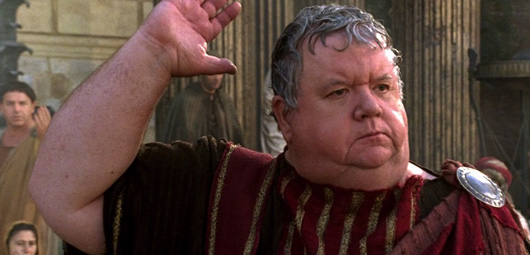
fiction as history
I loved HBO’s Rome (2005–07) and missed it when something called GOT eventually took its place.
The Tudors (2007–10) was amazing, unless you’re watching it with someone who knos a thing or two about the actual history.

“OH MY GOD, Wolsey didn’t die like that!”
—My wife, watching The Tudors
An older series I enjoyed was the 1990s take on The Untouchables (1993–94) – a tad stylish, it did attempt to follow Eliot Ness’ history a bit MOR than the mostly fictional Untouchables (1987) movie – which is just plain fun to watch, even down to recreating the baby carriage scene from Potempkin (1925).
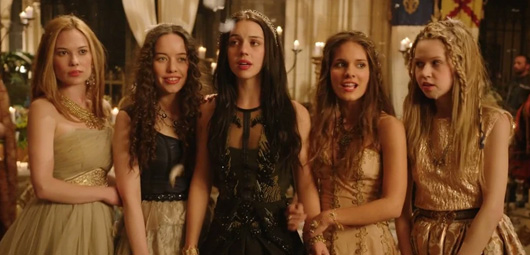
How far is too far with fiction??
That’s a hard question. Something that historical dramas, such as Reign (2013–17) – based on Mary, Queen of Scots – have taken to task.
“It doesn’t have to be good, and it doesn’t have to be beautiful. It just has to be true. And even if it’s a lie, make it an interesting lie.”
—Max Rothman, explaining how to Modern Art
then there’s max
So while I’m complaining about historical dramas, I decided to include one in my lesson plans. Because a documentary I had picked (not going to say which) put me to sleep.
Written and directed by Menno Meyjes – one of the authors of Indiana Jones and the Last Crusade (1989) – Max (2002) is a film about Modern Art, Politics + Power and explores ‘WAT IF’ young infantry corporal Adolf Hitler’s doomed art career actually stood a chance, under the mentorship of gallery owner Max Rothman (John Cusack).
Easy to stream, easy to understand with subtle cues that really explain the Modern era – wonderful writing, tons of foreshadowing, plus Doctor Who and the mom from Netflix’s Lost in Space (2018), Leelee Sobieski before she vanished, the guy from HBO’s Rome playing George Grosz – it has everything a güd historical drama needs.
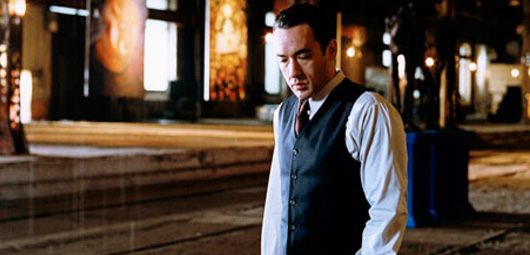
Students who’d watch it were fascinated, and I found, it’d help them respond well to the Modern Art portions of both my Graphic Design History course and my Bauhaus-themed Fundamentals class.
Modern art education HAS to be part of THE BATTLE For MODeRN 1923. In a sort of a fictional can lead to wanting to kno MOR outside of the game kind of way.
Because everything can be googled at this point, no?
With Max Rothman and his Snow Angels goading me onward, I started developing nü art (right) based on multiple inspirations (left) from Modern Art history:

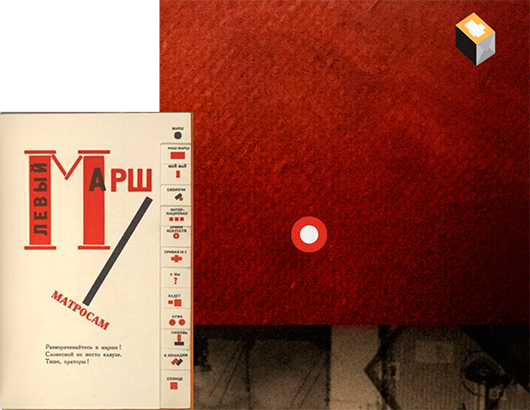



con
tinue
read
ing —
forward to PART 5 • • •
· · · back to PART 3
—steve mehallo
Flommist Steve Mehallo is a graphic designer, illustrator, font designer, educator, foodie and gadfly. He is the creator and founder of FLOMM! Up top: Harrison Ford in his only Young Indiana Jones appearance.
PLEASE SUPPORT FLOMM
TIPS + DONATIONS DISCREETLY ACCEPTED






